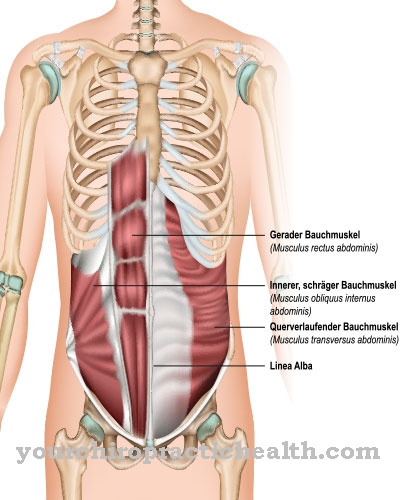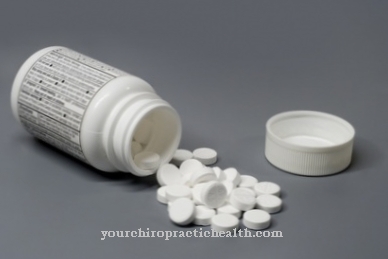Cocoa butter is the light yellow fat that is obtained from cocoa nibs or cocoa mass by pressing and centrifuging after fermentation, drying and roasting.
Cocoa butter is mainly used in the food industry for the production of chocolate and nougat, but also in the cosmetics industry as an additive in skin and body care products. Due to the high content of saturated fatty acids and the low content of unsaturated fatty acids, it can be kept for up to two years if properly stored.
What you should know about cocoa butter

The light yellow cocoa butter is obtained from cocoa beans or raw cocoa according to a multi-stage process that all cocoa beans go through, by pressing or centrifuging. The home of the cocoa tree is very likely the rainforest of Brazil and its use in Central America has been around since at least 1,000 BC. Occupied.
In the meantime, the cocoa tree, which likes it a little shady and relies on sufficient rainfall, is grown in a large variety of varieties in almost all of the tropical regions close to the equator up to latitude 20 degrees north and south on small-scale farms and in large plantations. The large, approx. 500 g heavy cocoa pods, the up to 50 seeds, the actual cocoa beans, are harvested all year round under favorable conditions, so that one cannot speak of a distinct harvest season. The fruits that grow directly on the trunk are carefully knocked off and the peel opened.
The opened fruits are usually collected in vats, and the white, sugary pulp (fruit pulp) is fermented without any further ingredients. The mixture heats up to around 50 degrees Celsius, and during the fermentation process, which lasts around 7 to 10 days, the cocoa beans lose some of their bitter substances and gain their typical chocolate taste. The cocoa beans are then dried in the sun or in drying ovens and shrink to around half their original size. The processing of the cocoa beans mostly takes place in the consumer countries of Europe and North America. There the cocoa beans are cleaned, thermally pretreated and roasted at 100 to 140 degrees Celsius.
After the cocoa beans have been broken and peeled, the so-called broken cocoa kernels are refined and various undesirable taste and odor substances are removed. The portion of the refined cocoa nibs, which is intended for the production of cocoa powder, is liquefied again by heating to 80 to 90 degrees Celsius and the liquid fat, the clear, light yellow cocoa butter, is pressed out with hydraulic presses under high pressure. When it cools down, the cocoa butter solidifies and gives off its typical chocolate aroma. Depending on the intended use, the cocoa butter is subjected to a further refining process.
Importance to health
Over 99 percent of cocoa butter is made up of various fats, which may sound daunting at first, because many people associate the consumption of fats with an increase in their cholesterol levels. However, this general assumption is not tenable.
For example, it has been shown in recent years that saturated fatty acids, which make up around 61 percent of cocoa butter, have no detectable effect on serum cholesterol. Rather, a danger arises from so-called trans fats, which increase the low density lipoproteins (LDL) and lower the high density lipoproteins (HDL), so that the ratio of LDL to HDL is negatively influenced. This creates a higher risk of developing arteriosclerosis.
In contrast to many industrially manufactured products that are made using hydrogenated fats and have a high proportion of trans fats in their total fat content, cocoa butter contains only a very small proportion of trans fats. Cocoa butter has no demonstrable influence on the cholesterol balance. Cocoa butter contains a lot of flavorings and aromas because most of these substances are fat-soluble and remain in the cocoa butter when it is pressed out. Their content of fat-soluble vitamin K and a significant amount of potassium provide a certain health aspect.
Vitamin K is essential for a number of metabolic processes. It plays an important role in the complex blood coagulation chain and in the mineralization of bones, so it has an impact on bone density. Potassium is an important mineral, the deficiency of which leads to heart rhythm problems, among other things.
Ingredients & nutritional values
| Nutritional information | Amount per 100 gram |
| Calories 884 | Fat content 100 g |
| cholesterol 0 mg | sodium 0 mg |
| potassium 0 mg | carbohydrates 0 g |
| Fiber 0 g | protein 0 g |
In contrast to butter made from cow's milk, cocoa butter contains almost no water, so its fat content is around 99.5 percent. At the same time, this means that cocoa butter cannot contain any other primary plant substances such as proteins, carbohydrates and fiber. Their nutritional value is correspondingly high at 884 kcal or 3,682 kJ per 100 g.
The fat percentage is broken down into saturated fats (61% t), unsaturated fatty acids (31%) and polyunsaturated fatty acids (3%). The saturated fatty acids are composed mainly of palmitic acid (25%) and stearic acid (35%), while the monounsaturated fatty acids consist almost exclusively of oleic acid. Other ingredients that should be mentioned are a small proportion of polyunsaturated fatty acids (2.3%), vitamin K (15 µg / 100 g) and the mineral potassium (1 mg / 100 g).
Intolerances & allergies
Cocoa butter is usually not consumed pure, but almost always as a component of chocolate or confectionery or as an ingredient for special dishes and special pastries. Direct intolerance or allergies to cocoa butter are therefore not known. If there is an intolerance or allergy to foods that contain cocoa butter, it is usually the other ingredients that are the possible triggers.
This also applies to chocolate, which normally always contains cocoa butter. Often it is a histamine intolerance, which in rare cases leads to symptoms after consuming the food containing cocoa butter. Cocoa butter itself is poor in histamine and other biogenic amines and also poor in substances that trigger histamine, which could lead to an allergic reaction with the body's own histamine release.
Shopping & kitchen tips
Cocoa butter is produced all year round and is therefore also available all year round.Pure cocoa butter is not available in every grocery or fruit and vegetable store, but it is in well-stocked organic supermarkets and in all variations in online shops.
Cocoa butter is usually offered in the recommended organic quality, for example as a break, as a block or in the form of small plates or chips, which make it easier to dose quantities as an ingredient in dishes. Since cocoa butter is also a carrier of many aromas and flavors, it tastes and smells differently depending on which cocoa variety it was obtained from. This is why it is sometimes offered as a single variety. Cocoa butter can be kept for one to two years if it is stored in a cool place and protected from exposure to light.
Preparation tips
A special physical property of cocoa butter is that it is already very soft at room temperature and melts in the mouth at almost body temperature. From roughly the same amount of cocoa powder, cocoa butter and sugar, an excellent chocolate can be made by carefully melting it, which can be given a special note with the addition of hot spices or fruits or various liqueurs.
There are no limits to your imagination and the willingness to experiment. By partially replacing the butter with cocoa butter, cakes and other baked goods are given particularly tasty flavors.


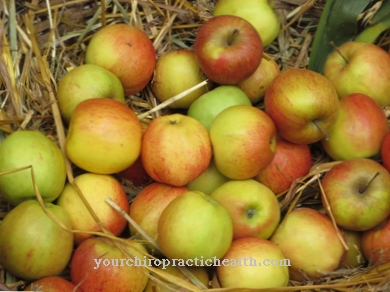

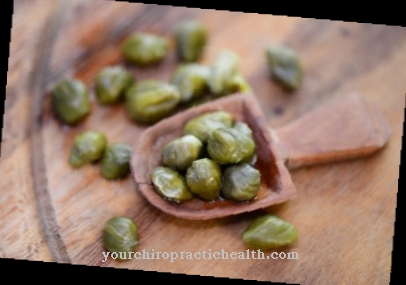
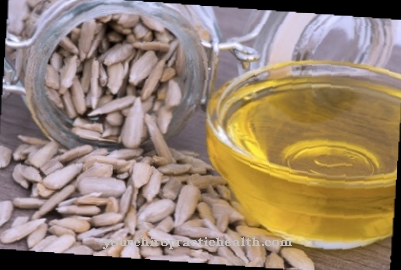
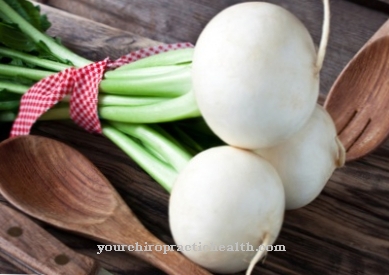

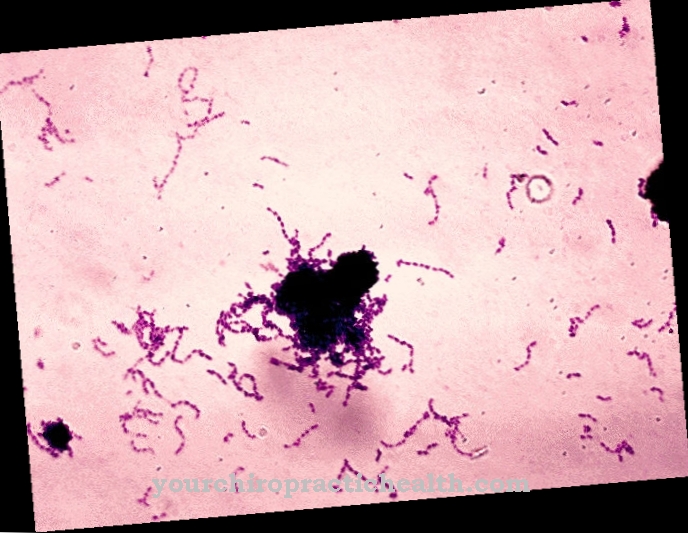

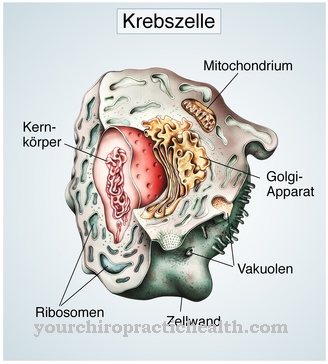
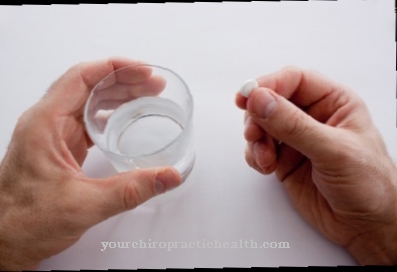
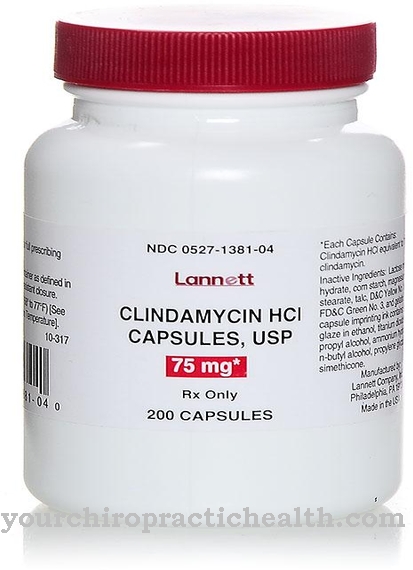

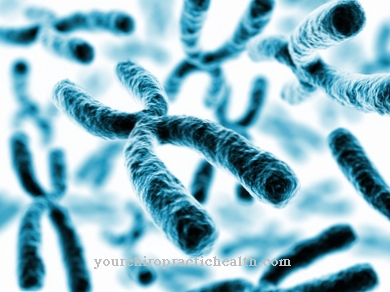
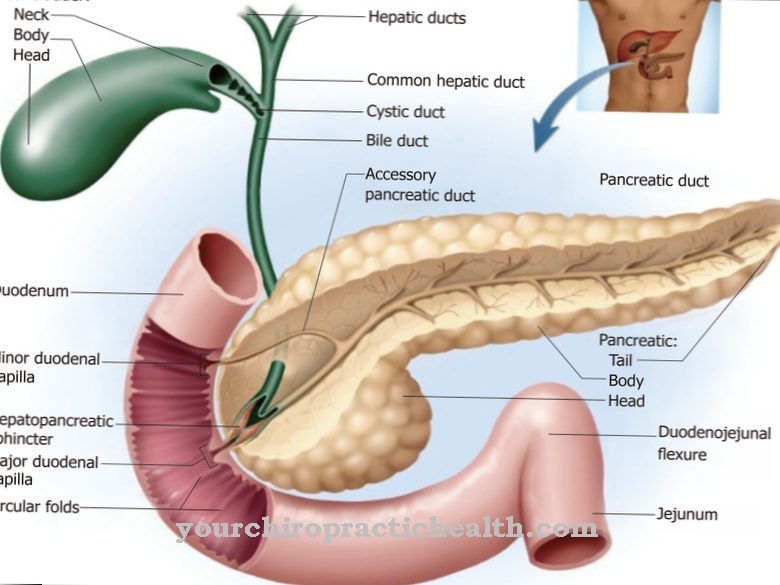








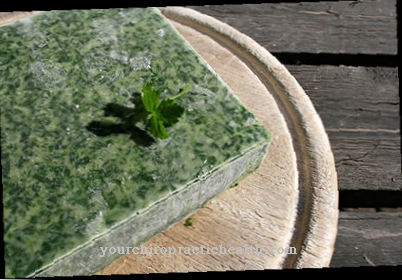

.jpg)
